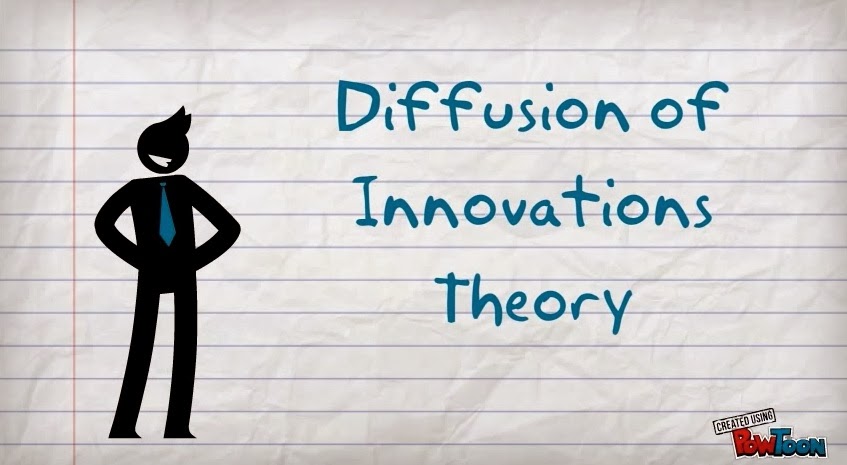I'm teaching a Masters-level course this semester in our Teacher Leadership program: Teaching and Learning with Technology. We are exploring together the way technology is influencing how teaching and learning happens in schools today, and while we haven't come to the point yet where we are trying to say "this is a good thing!" or "this is a bad thing!"...I think it's fair to say that everyone in the course agrees that technology in education is a thing and that we need to be thoughtfully aware of how we use technology in our own teaching practices.
Because this course is in our Teacher Leadership program, I'm trying to help these experienced teachers think about how they can (and should) play a leadership role in their school setting. This gets a little tricky when it comes to the topic of technology; some of these teachers are already eagerly incorporating technology into many aspects of their teaching practices, while others taking the course are much more cautious about the allure of the glowing screens.
To help foster some conversation--and push my idea that you can play a leadership role with regard to educational technology no matter your comfort level with the actual tools--our topic this week is Diffusion of Innovations Theory, which helps to explain how ideas spread through culture (such as how technologies spread through a school, for example.) Here is a short video I created to help introduce the topic:
I'm pretty confident that people in all five categories can play a leadership role when it comes to technology in schools. In fact, I think that the laggards are as important a voice as the innovators and early adopters. I'm really looking forward to the conversation we'll have in class about this!

Being in a school with ranges of 1st year teacher to 30+ years of experience I can see these groups of people! I am sure you have heard of the SAMR model when referred to the use of technology and I think it correlates well with some of this thinking as well. Yes, it may be ok to use substitution when implementing technology, but we need to think if using technology is a benefit over the way it was before the technology was being used. With iPads like we have at our school, it is important that we use them in ways that allows students to create things. Don't just let the iPad be a different place to write down assignments or papers, let it also be a place where creativity can be shown and more ideas can be shared. It is hard to know how much to implement when given a new technology, but I found it is important to set goals and steps for yourself so you can see where you yourself are trying to go. It also helps in learning and implementing technology at a pace you will be able to handle effectively. For example, going to an ITEC speaker I was shown 100+ iPad apps in under an hour. There was no way I could effectively learn all of them in that time, or by looking at them over the next couple days. So I set an achievable goal of looking at 5 per month and checking them out to see if they can be used in the classroom.
ReplyDeleteAnd I am definitely going to use PowToon in the future with something in one of my classes! When I saw that you made it I went on their website right away and saw that it was free, so I am definitely going to try and come up with something.
Thanks for sharing it and your thoughts.
Tyler, I'm right with you on the SAMR model. We need to continuously evaluate whether the technologies we choose are going to be a value-add for learning! I love your point about the iPad as a potential creation device, and not just a consumption device.
DeleteGlad you enjoyed PowToon too! I'm going to have to review it here on the blog sometime. It's my flavor of the week!